With comics becoming more topical in recent
years, many creators are tackling environmental causes in their work.
While the titles below vary in genre and style, their message–that
nature is formidable yet also fragile–remains constant. So with Earth
Day coming up on April 22, here are 14 comics that cover topics from
climate change to pollution, deforestation, endangered species, and
more.
Climate Changed: A Personal Journey Through the Science
Philippe Squarzoni. Abrams ComicArts, 2012
Philippe Squarzoni. Abrams ComicArts, 2012
These
days, trying to discuss the environment without mentioning climate
change is nearly impossible. French author Squarzoni covers many aspects
of the thorny issue, including why it's happening, how it's happening,
and what can be done about it. The book's strength lies in its
combination of extensive research and personal discovery.
The Rime of the Modern Mariner
Nick Hayes. Viking, 2012
Nick Hayes. Viking, 2012
Cartoonist
Hayes offers a modern take on Samuel Coleridge's Rime of the Ancient
Mariner, setting the tale of his ill-fated seaman in the North Pacific
Gyre (often called the "Great Pacific Garbage Patch"), a whirlpool
littered with plastic trash. Like the original poem, the comic is a
warning to humanity not to meddle with the natural order or else suffer
grave consequences. Hayes visualizes the book with a multitude of swirls
and hatches, evoking woodblock prints and classic tapestries.
I'm Not a Plastic Bag
Rachel Hope Allison. Boom, 2012
Rachel Hope Allison. Boom, 2012
The
Great Pacific Garbage Patch is also the focus in Allison's wordless
graphic novel about waste and consumption. The book follows a plastic
bag, among other discarded items, as it finds its way to the vast slurry
of detritus, which Allison portrays as both a toxic blight as well as a
unlikely of source of life. She also includes facts about the garbage
patch as well as ways readers can become involved in stemming its
growth.
Great Pacific
Joe Harris and Martin Morazzo. Image, 2012–ongoing
Joe Harris and Martin Morazzo. Image, 2012–ongoing
Harris
and Morazzo take the idea of the Great Pacific Garbage Patch and run
with it in their farfetched series. Chas Worthington, heir to an
enormous oil fortune, abandons his responsibilities and establishes a
new nation on the garbage patch. This creates a flashpoint for conflict
as "New Texas" struggles to maintain its sovereignty and stability among
political and ecological crises.
John Muir: Earth – Planet Universe
Julie Bertagna and William Goldsmith. Scottish Book Trust, Creative Scotland, and Scottish Natural Heritage, 2014
Julie Bertagna and William Goldsmith. Scottish Book Trust, Creative Scotland, and Scottish Natural Heritage, 2014
John
Muir (1838–1914) is widely considered to be one of the progenitors of
the conservation movement, as well as the "Father of National Parks."
Bertagna and Goldsmith chronicle Muir's life, from his childhood in
Scotland to his prolific writings, friendship with Theodore Roosevelt
(which culminated in the passing of the National Park bill), and
founding of the Sierra Club in the late 19th century. Download the comic
for free here.
Nausicaä of the Valley of the Wind
Hayao Miyazaki. Tokuma Shoten, Viz, 1982–1994.
Hayao Miyazaki. Tokuma Shoten, Viz, 1982–1994.
Before he became one of Japan's most revered filmmakers, Miyazaki was an animator and cartoonist whose first long form work, Nausicaä of the Valley of the Wind,
established his fondness for nature. Nausicaä is the princess of a
secluded village that gets drawn into a conflict between two industrial
nations, while an environmental disaster is brewing in the surrounding
jungles. One of the story's central conflicts is man's contentious
relation to nature, a theme that would play out in many of Miyazaki's
films, including Nausicaä's adaptation.
Concrete, Vol. 5: Think Like a Mountain
Paul Chadwick. Dark Horse, 1996
Paul Chadwick. Dark Horse, 1996
The
vagaries of environmental activism is explored when Concrete (formerly
Ron Lithgow, a speechwriter whose brain was transplanted into a stone
colossus by aliens) unwittingly becomes associated with a band of
eco-radicals in Chadwick's award-winning series. Concrete wishes to help
when he witnesses the unscrupulous practices of the logging industry
firsthand, but he's wary of the group's legally-dubious methods.
Some New Kind of Slaughter
Marvin Mann and A. David Lewis. Archaia, 2009
Marvin Mann and A. David Lewis. Archaia, 2009
Following
the 2004 Indian Ocean Tsunami and Hurricane Katrina in 2009, Mann and
Lewis explore the myth of the great flood, found throughout history
including the Bible and ancient Sumeria. They trace the various flood
stories to today's growing concern over climate change, and what can be
learned by studying this prevalent narrative.
Delicious Island's Mr. U (Oishii Shuma no Ū-sama)
Akira Toriyama, Anjo's Rural Society Project, 2013
Akira Toriyama, Anjo's Rural Society Project, 2013
Dragon
Ball creator Toriyama wrote and drew this 24-page comic as part of a
brochure distributed by the Anjo Royal Society Project, a Japanese
nonprofit that advocates agriculture and raises awareness of
environmental issues with children. In it, an island where man and
nature live in harmony is disrupted first by two curious urbanites who
later help defend it against aliens that are trying to exploit its
abundant resources.
Oil and Water
Steve Duin and Shannon Wheeler. Fantagraphics, 2011
Steve Duin and Shannon Wheeler. Fantagraphics, 2011
Following
the Deepwater Horizon oil spill, a group of Oregonians travel to the
Gulf Coast and follow the lives of those affected by the disaster,
including fishermen, wildlife rescue volunteers, and a government agent.
Duin and Wheeler describe the difficult situation of a regional economy
that depends on the industry responsible for the spill.
Picket Line
Breena Widerhoeft. Easel Ain't Easy, 2012
Breena Widerhoeft. Easel Ain't Easy, 2012
2011
Xeric Grant recipient Widerhoeft's debut graphic novel centers on
Beatrice, a woman who moves from Wisconsin to northern California and
finds herself in the middle of a dispute between a land developer and
activists trying to protect a thicket of redwoods. Everyone she meets
seems to have a legitimate stake on either side of the issue, giving the
already volatile situation personal ramifications.
Wild Ocean: Sharks, Whales, Rays, and other Endangered Sea Life
Edited by Matt Dembicki. Fulcrum Publshing, 2014
Edited by Matt Dembicki. Fulcrum Publshing, 2014
Cartoonists
profile 12 threatened oceanic species (including hammerhead sharks,
manatees, blue whales, coral, albatrosses, and bluefin tuna), portraying
their ways of life in a variety of stories. Instead of issuing a dour
warning, the contributors celebrate each of the creatures, although the
anthology does not shy away from warning of the surmounting threats to
their survival.
IDP: 2043
Edited by Denise Mina. Freight Books, 2013
Edited by Denise Mina. Freight Books, 2013
Produced in collaboration with the Edinburgh International Book Festival, IDP: 2043
images Scotland 30 years in the future, after rising sea levels have
completely flooded the country's low-lying regions. The story is told in
six parts, with contributors including Irvine Welsh, Mary Talbot, Kate
Charlesworth, and Barroux, and looks at the new way of life that is
forced upon the unsuspecting residents, all from a seemingly minor
change in their environment.
Swamp Thing/Man-Thing
Various
Various
While
superheroes generally don't face threats such as climate change, that
hasn't stopped many creators from weaving environmental messages into
their monthly adventures. Characters like Swamp Thing and Man-Thing have
both fought on the side of nature, often against manmade threats. In
particular, Steve Gerber's Man-Thing and Alan Moore's Swamp Thing were
cast as protectors of nature during their respective runs.
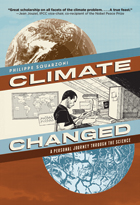
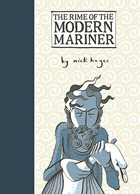
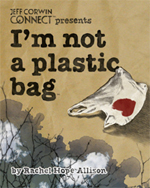
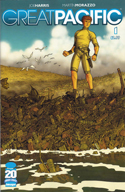
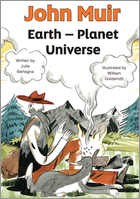
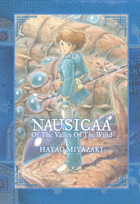
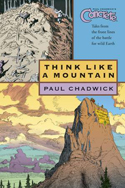
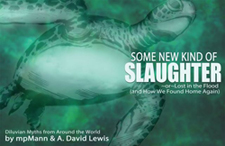
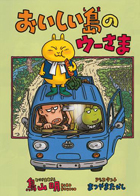
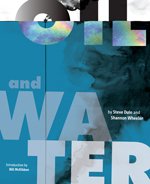
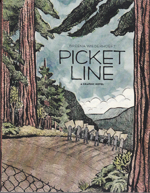
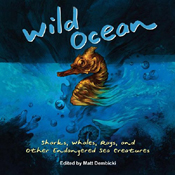
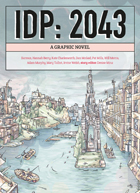
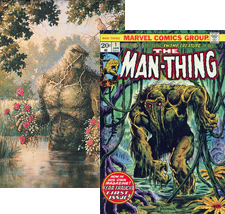
No comments:
Post a Comment
Note: Only a member of this blog may post a comment.